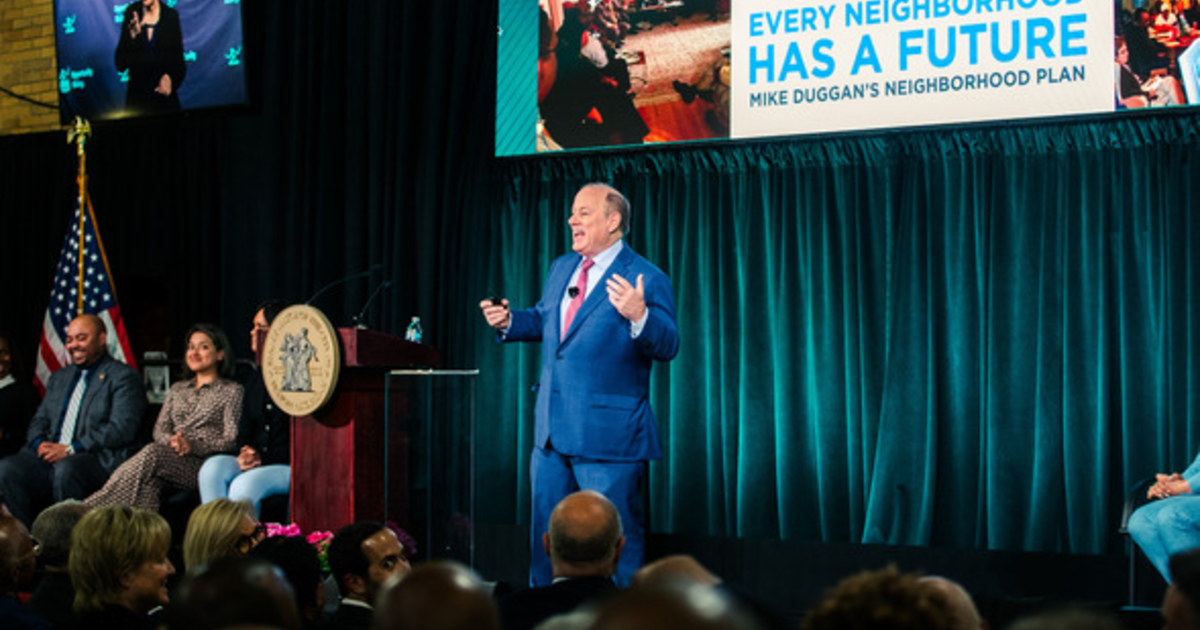Tech Tour Day Five: Fantastic Ferris State Tech

Tuesday's Tech Tour stop was Ferris State University in Big Rapids, a highly technical school in Big Rapids, a pretty, historical town on the southern edge of the Manistee National Forest (and thus, on the southern edge of what most Michiganders think of as Up North).
The vibe here is serious, no nonsense, but play just as hard as you work, with the great outdoors close by. For instance, the on-campus Holiday Inn is the only place I've ever stayed where one of the hotel maids complained that she'd rather be bowhunting.
And I have to say, kudos to Leah Nixon, assistant director of news services at Ferris State, who planned my tour stop. I don't think anyone has ever packed as much information into a five-hour visit in Tech Tour history.
And while the college doesn't do much official sponsored research, it works on technical projects with area employers, assisting them every day.
***************************************************
My first call at 8 a.m. was with Ron McKean, interim dean of the FSU College of Engineering Technology. He gave me an overview of Ferris State -- 13,500 students, 10,000 on the Big Rapids campus, another 3,000 at Grand Rapids and 16 other sites around Michigan. Enrollment is at an all-time high.
McKean's college has around 2,000 students in 14 bachelor's degree programs.
Ferris State's history is as a vocational school -- it was founded in 1884 by Woodbridge N. Ferris, an educator from New England who would one day become Michigan governor, as the Big Rapids Industrial School. The state purchased what was by then the Ferris Institute in 1949. It became Ferris State College in 1963 and Ferris State University in 1987. Early in the 2000s, a quad space was created in the center of the main campus through the construction of a new library and the closing of a parking lot.
Ferris is also taking over a historic downtown Grand Rapids federal building for some of its programs.
Tuesday, I toured Ferris' enormous Granger Center for Construction and Heating, Ventilation, Air Conditioning and Refrigeration, the Automotive Center, its National Elastomer Center for Plastics & Rubber Technology, and quite possibly the best college cafeteria in the universe, the new Rock Cafe, which offers everything from a Mongolian barbecue to custom-made pastas.
McKean said the College of Engineering Technology has been reorganized into four different schools: Automotive and Heavy Equipment, which includes automotive engineering technology; Design and Manufacturing, which includes the school's groundbreaking rubber and plastics programs, its welding program, CAD and prototyping; the School of the Built Environment, which includes construction management, heating, ventilation, air conditioning and refrigeration studies, architecture and facilities management; and a catchall School of Computer Networks and Systems, Electrical/Electronics Engineering Technology, Mechanical Engineering Technology and Surveying Engineering.
Debbie Dawson, director of that school, which goes by the name of CEEMS, and Tom Hollen, a mechanical engineering professor now a leader in Ferris State's renewable energy program, told me about a new bachelor's degree program in energy systems.
"We saw a lot of community colleges putting out associate degree technicians and people putting out masters deree graduates, but no bachelor's degree program in between," Dawson said.
Students in the program will spend their first two years on engineering stuff like fluid and thermal behavior, the strength of materials and statics. Then, after two years, they'll select one of three career paths: building systems, covering energy management for buildings; alternative energy, covering wind, solar and bio-based energy; and generation and distribution.
The program also features a course called "Energy, Cradle to Grave," which examines the true cost of generating energy from all sources, from coal to oil to nuclear to wind to solar.
The college continues to add new programs, including a first-of-its-kind two-year associates degree in both plastics and rubber technology, and a four-year degree in architecture and sustainability.
Ferris is also part of a team led by Dow Chemical Co. that will conduct energy-saving studies on Habitat for Humanity homes, looking for best practices for retrofitting existing homes for maximum efficiency. The Department of Energy is funding the project, which also includes Michigan State Univerity.
And Ferris is getting more and more involved in entrepreneurship -- assisting the Midland-based MidMichigan Innovation Center in an expansion of its activities to the Cadillac area.
A big part of Ferris' work in economic development also includes certification and training, particularly in the HVAC field.
"We don't do much sponsored research, but we do a lot of projects with industry -- say, in polymers, we'll help Dow test an additive to a material," said Larry Schult, associate professor and program coordinator of plastics engineering technology. The school is also working on plastics projects with Grand Rapids' Cascade Engineering.
**************************************************************
Brian Craig, a veteran higher education architect, is director of the School of Built Environment at Ferris. He talked about the school's new degree in arthictecture and sustainability.
"Architecture and sustainability are inextricably intertwined," Craig said. "Architecture drives some of the biggest users of energy."
The decisions architects make -- from whether to build new in the first place rather than refurbish the old, to how buildings are situated, the size and shape of spaces, what materials are used -- all drive energy use.
"I think we have a real unique opportunity for this here in West Michigan" Craig said. "We offer classes in Grand Rapids, and Grand Rapids has more LEED certified buildings per capita than any other place I know of. West Michigan is a center of sustainabilty."
Craig said the program will admit its first class of 20 to 25 students this fall, and wants to see the program grow to about 50 students a year.
Ferris is also establishing a Small Town Studio program in downtown Big Rapids, where it will offer design services to real-world buildings with real-world problems. It's starting by helping local homeowners with handicap accessibility, and is in talks to create a continuing education center for adults with disabilities in Cadillac.
Craig is also keenly involved and interested in the design of Ferris' 880-acre campus, both its building and its grounds.
"When people donate for a building, they typically donate to five feet outside the door," he said. "But research tells us that learning takes place everywhere -- while they're walking across the quad, a casual encounter with a professor -- and we're learning now that food is important, not just for nutrition but socially. I think Ferris has made huge strides in that department. We used to call them nooks and crannies, social spaces. A lot of learning takes place there. And we have them."
***********************************************
Robert Eastley, coordinator of Ferris' construction management program. told me about his program that aims to teach students not just how to frame a wall or pour concrete, but also blueprint reading, estimating, safety, scheduling, contract language, project management skills, business, construction accounting and more.
The program now has about 350 students. It also offers a two-year building construction program.
*********************************************
There's so much more to Ferris State. The automotive buliding was amazing -- a huge kitchen-clean auto repair lab, spaces for Formula SAE and baja race cars, a biodiesel laboratory, plans for an ethanol race car and more. So was the welding lab, where students learn both how to weld and the mathematics and chemistry of what they're doing. And I didn't even have a chance to check out the huge new structure being built for the only optometry program in the state of Michigan, which had been housed in a converted dormitory. You can check out a lot of it at www.ferris.edu.
But the Tech Tour has only so many hours, and now it's on to Grand Valley State University, the fast-growing West Michigan school with campuses in the city (Grand Rapids) and the country (a field and woods near Allendale). Let's go!
(c) 2010, WWJ Newsradio 950. All rights reserved.



